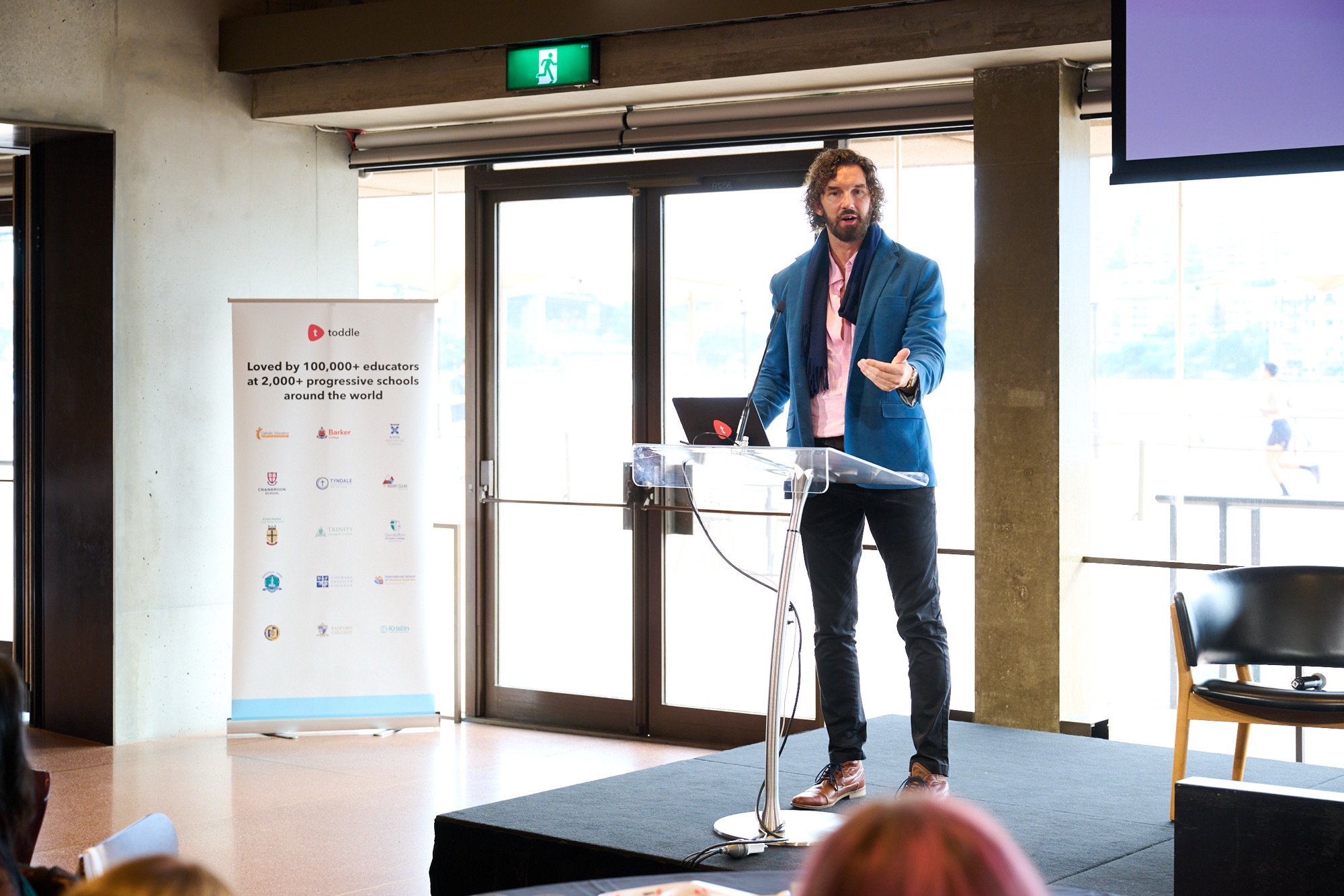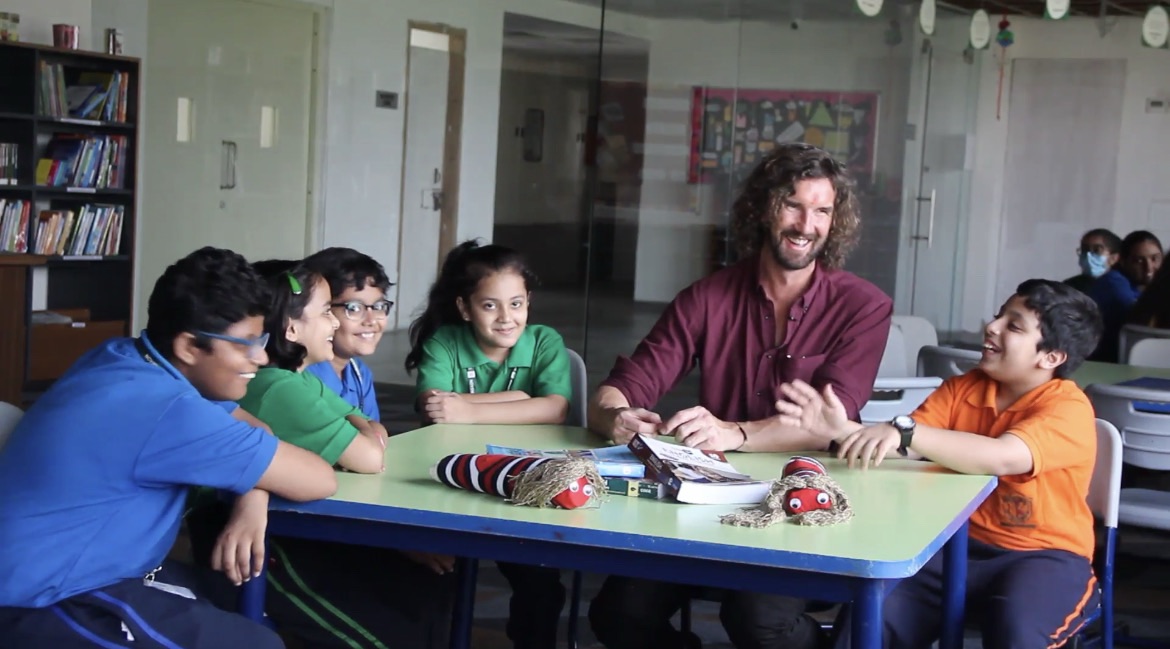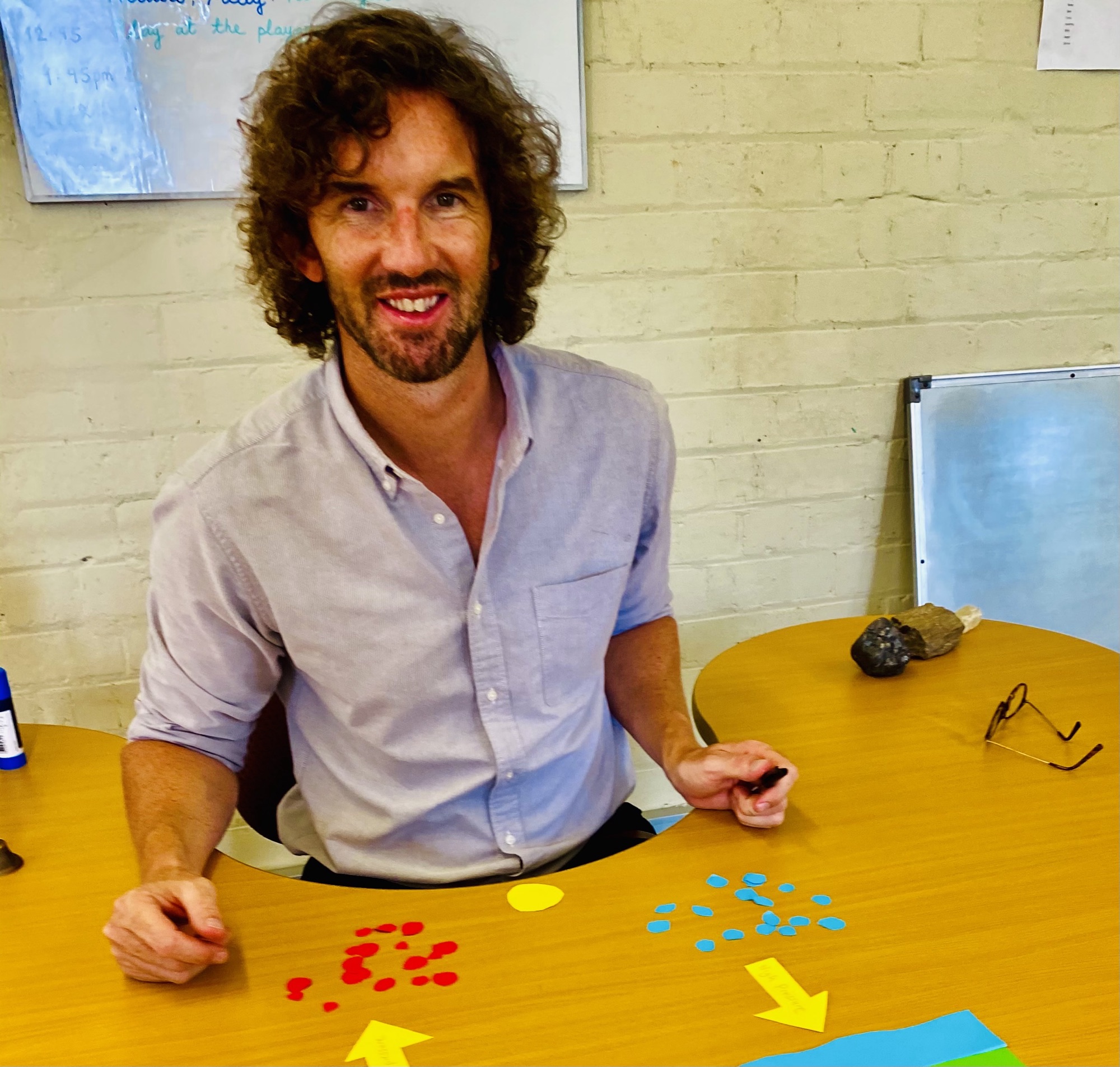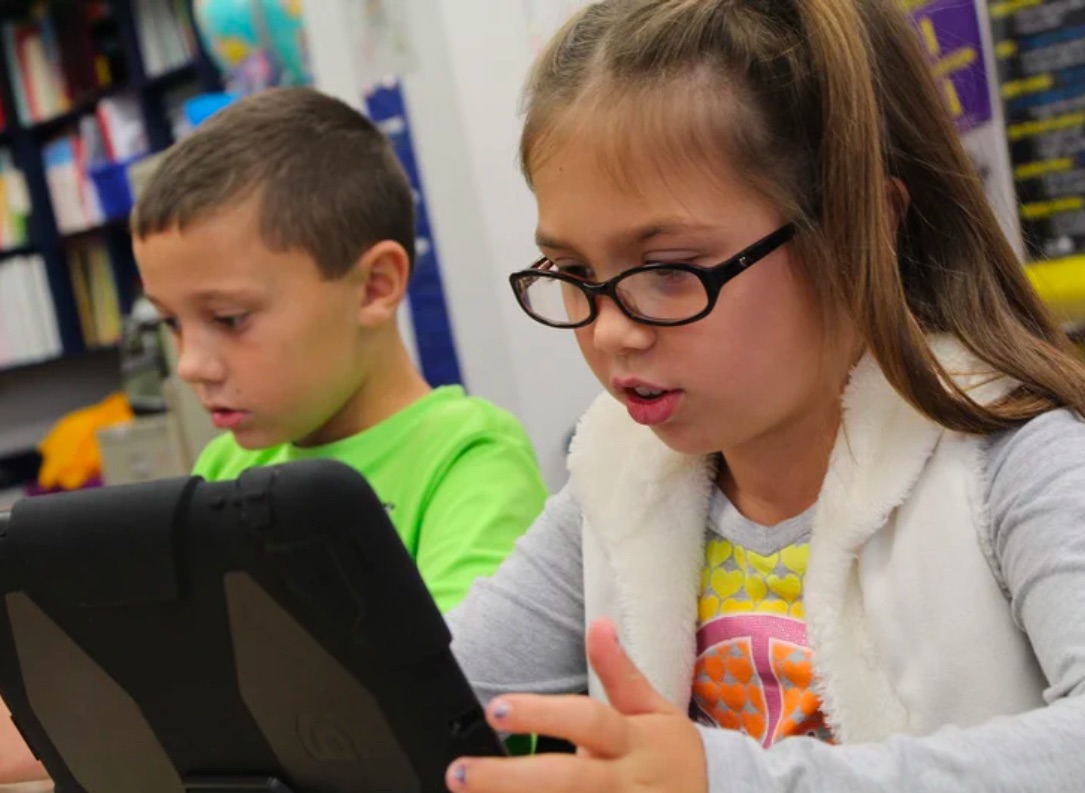The importance of connecting with students cannot be overstated. When teachers are able to connect with their students, they create a safe and supportive learning environment where students are more likely to engage in the material, ask questions, and develop a love of learning. As the famous educationalist, John Dewey, once said, “Education is not a preparation for life; education is life itself.”
Connecting with students is not always easy, but there are many ways that teachers can achieve this. Here are five examples:
- Building relationships: The first step in connecting with students is to build relationships with them. This means taking the time to get to know your students as individuals, their interests, and their needs. This can be done through informal conversations, one-on-one meetings, or through classroom activities that allow students to share their thoughts and feelings.

- Showing empathy: Empathy is the ability to understand and share the feelings of others. When teachers can empathize with their students, they are able to create a more understanding and compassionate learning environment.
- Active listening: Active listening is a key aspect of connecting with students. It involves paying attention to what your students are saying, both verbally and nonverbally, and responding in a way that shows you understand.
- Providing positive feedback: Positive feedback is essential in connecting with students. It helps to build their self-esteem and encourages them to continue to engage in the learning process.
- Creating a safe and inclusive environment: Creating a safe and inclusive environment where students feel respected and valued is crucial in connecting with them. This means taking steps to create a welcoming and inclusive classroom culture that is free from discrimination, bias, and prejudice.
In the words of the educationalist, Carol Dweck, “In a growth mindset, students understand that their abilities can be developed through effort, good teaching and persistence. They don’t necessarily think everyone’s the same or anyone can be Einstein, but they believe everyone can get smarter if they work at it.” By connecting with students, teachers can help to foster a growth mindset and the belief that students can achieve their full potential.
In conclusion, connecting with students is essential for creating a safe, supportive, and engaging learning environment. By building relationships, showing empathy, actively listening, providing positive feedback, and creating a safe and inclusive environment, teachers can foster a sense of connection with their students that will lead to greater success in the classroom.








